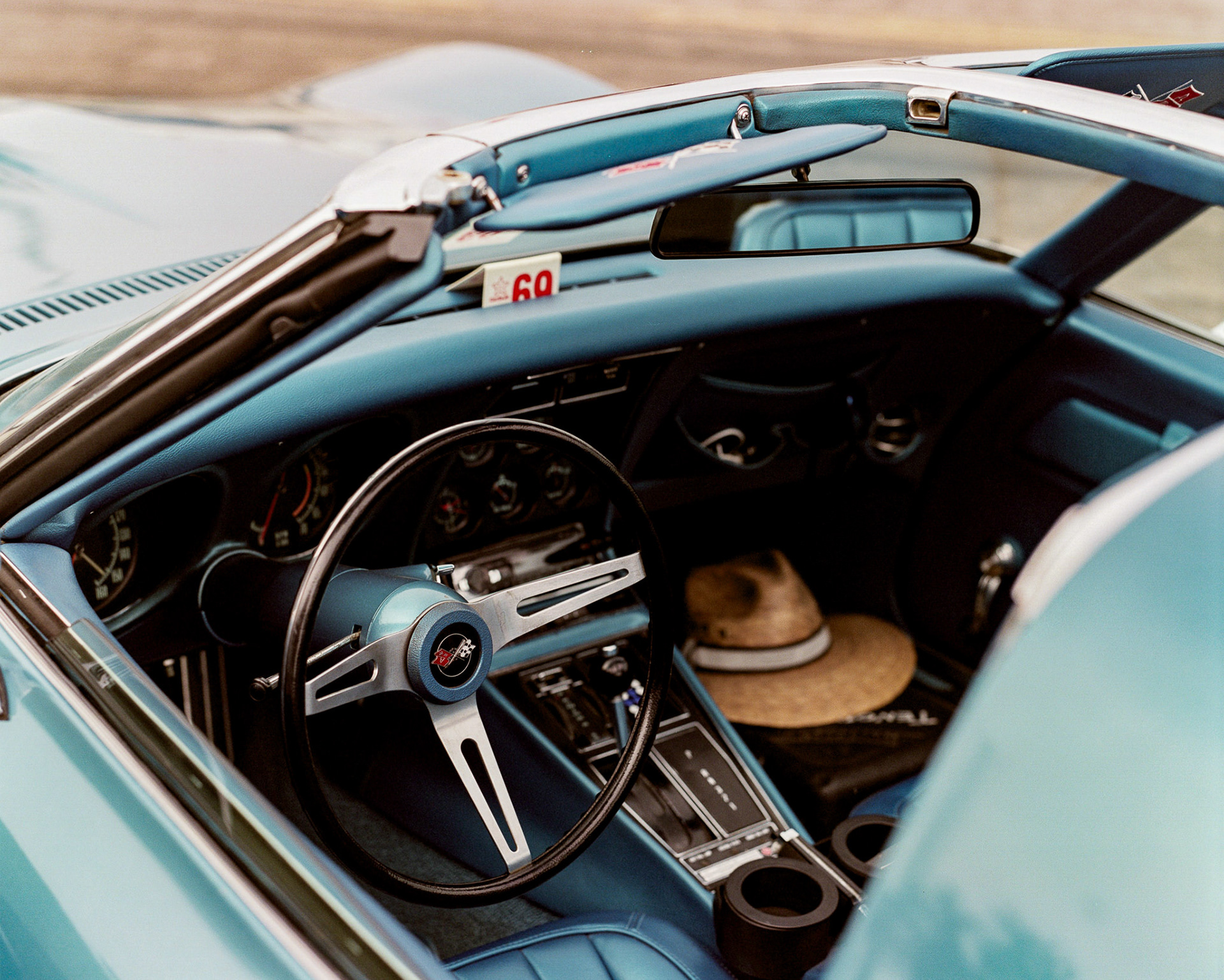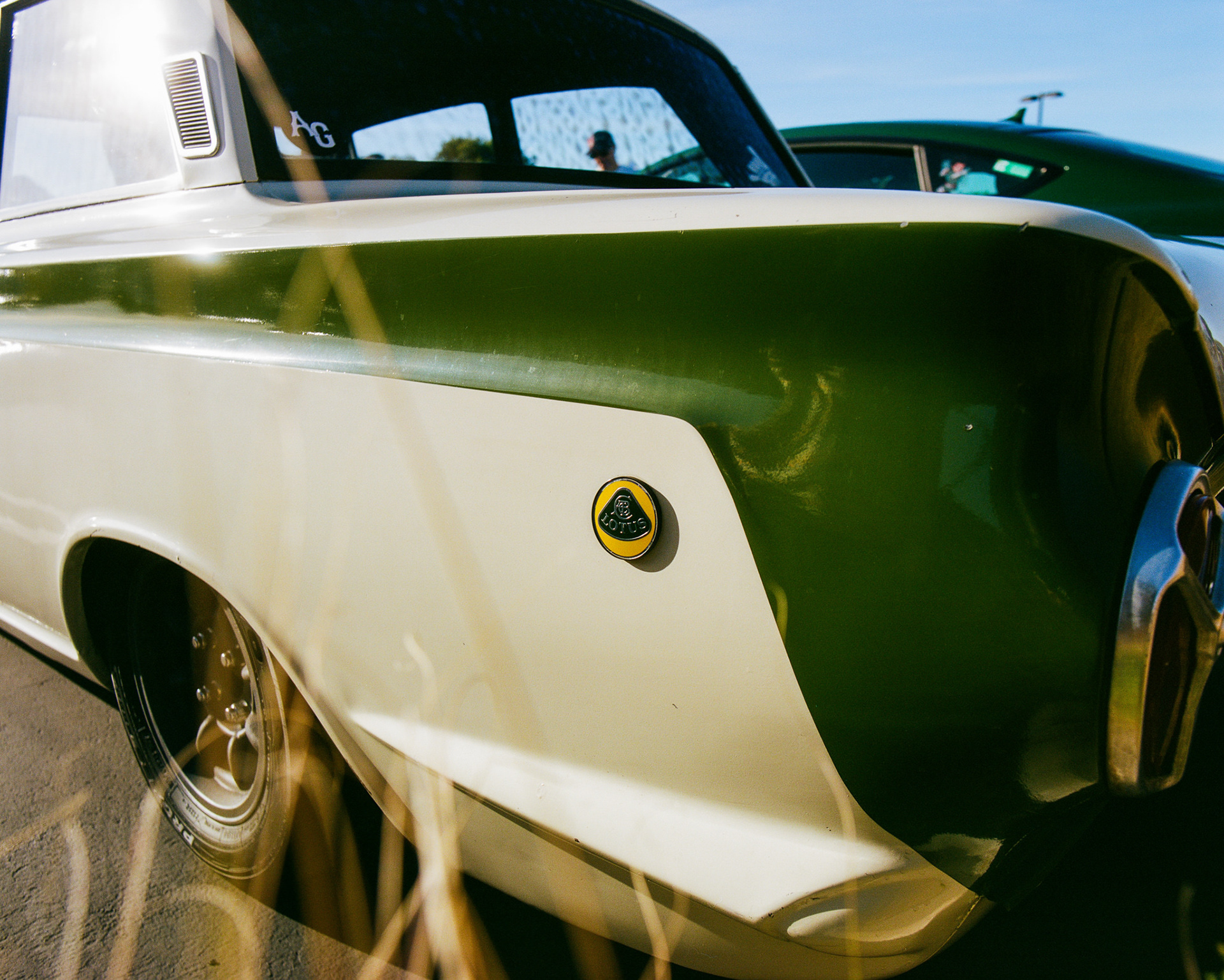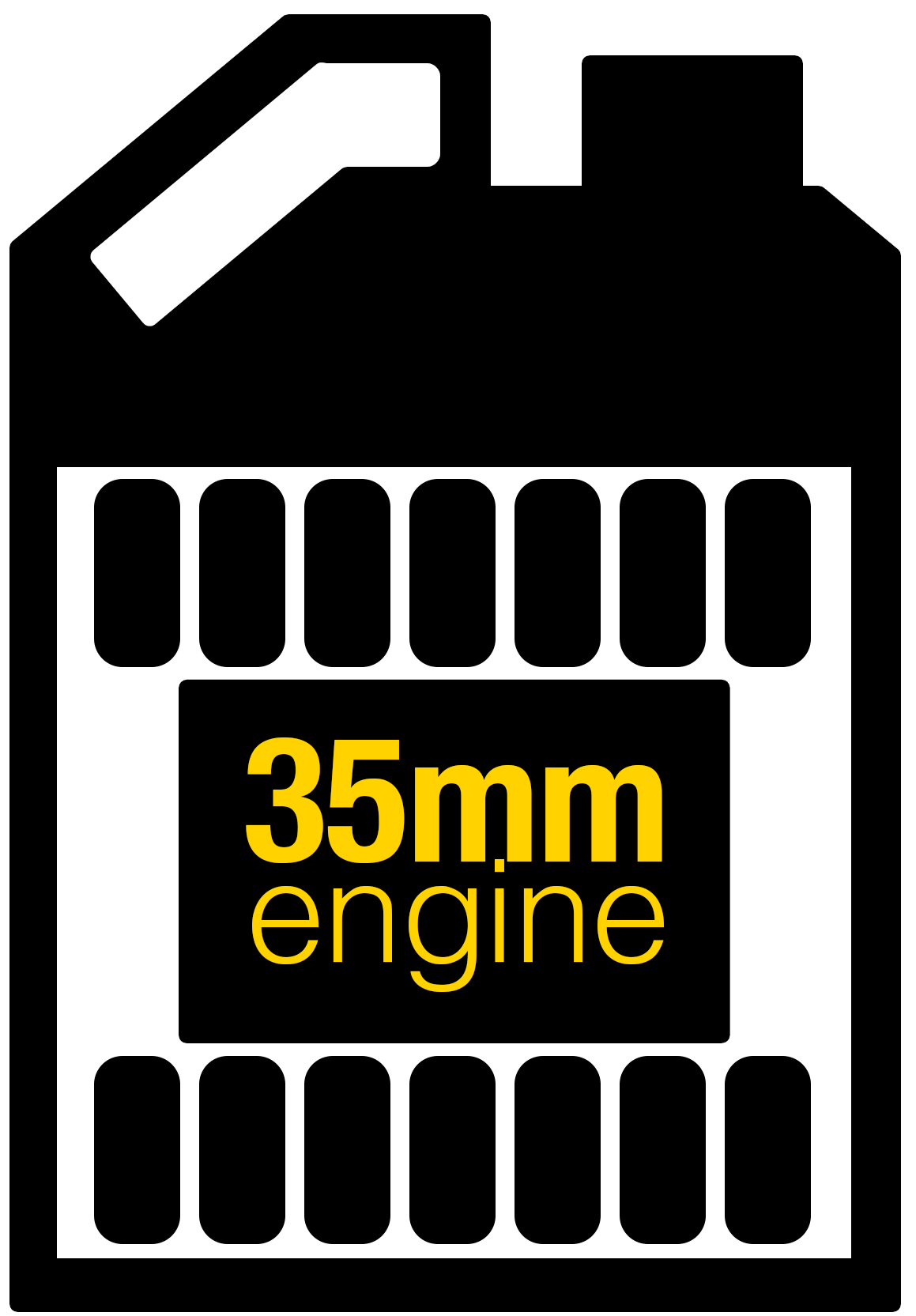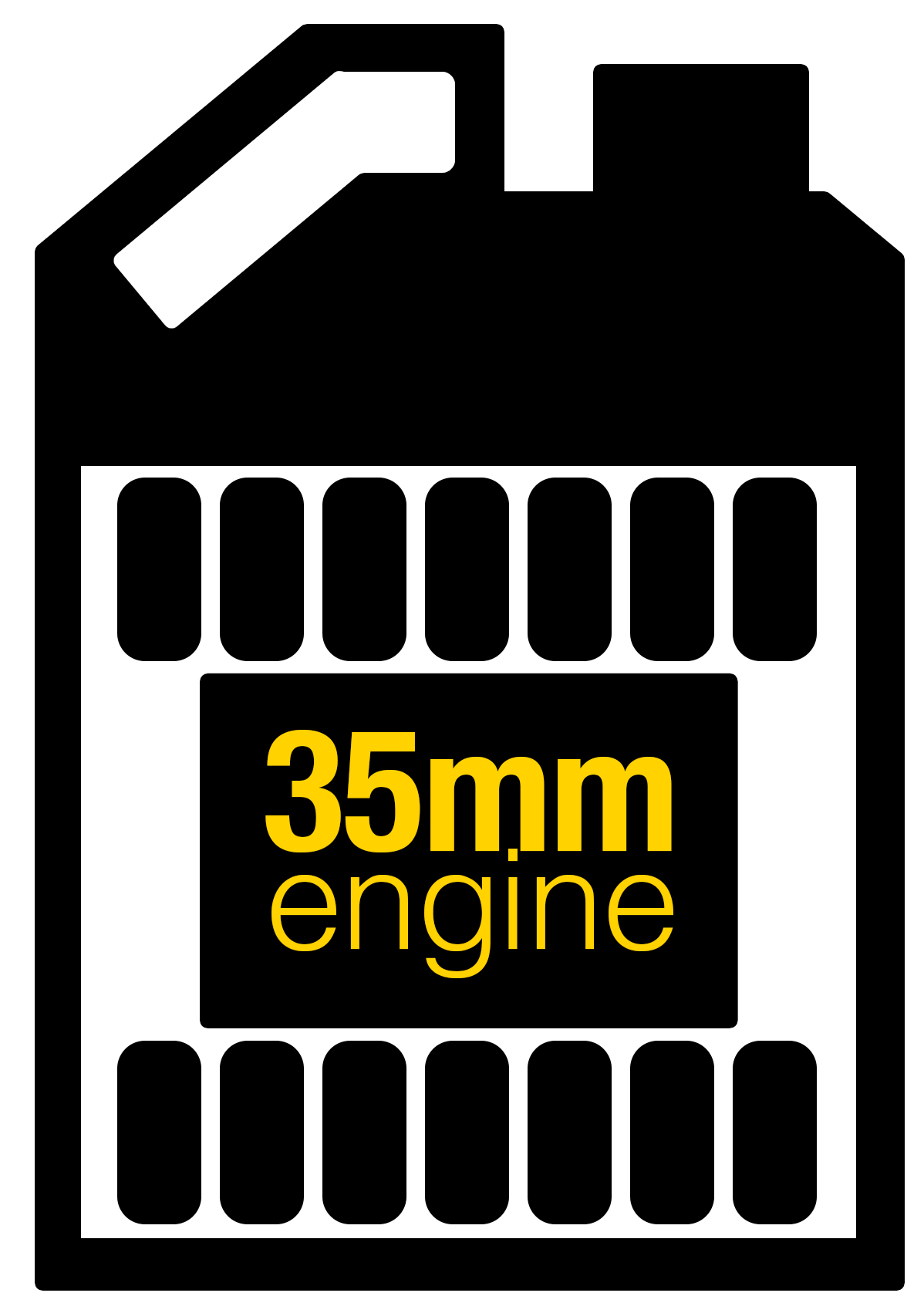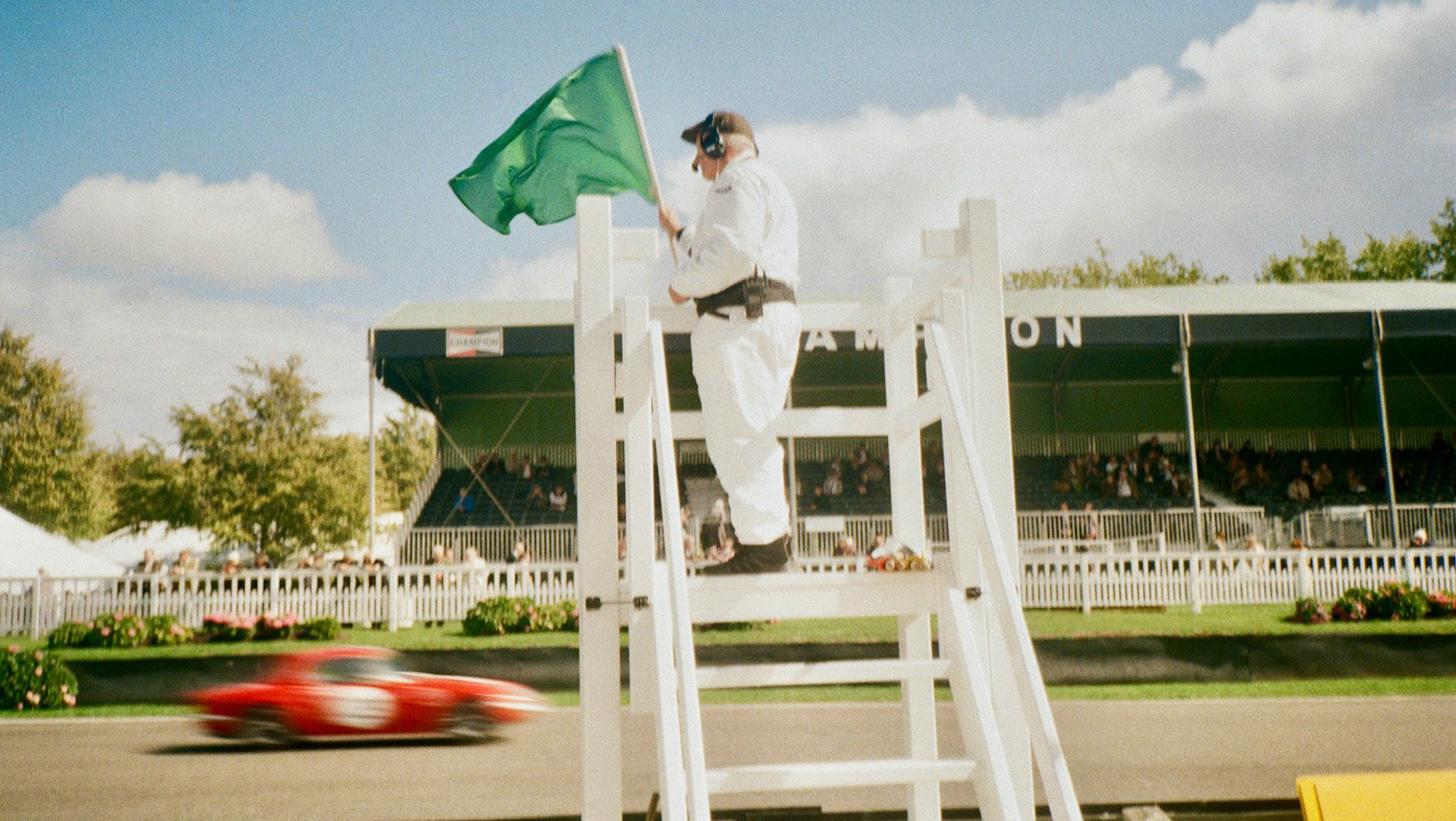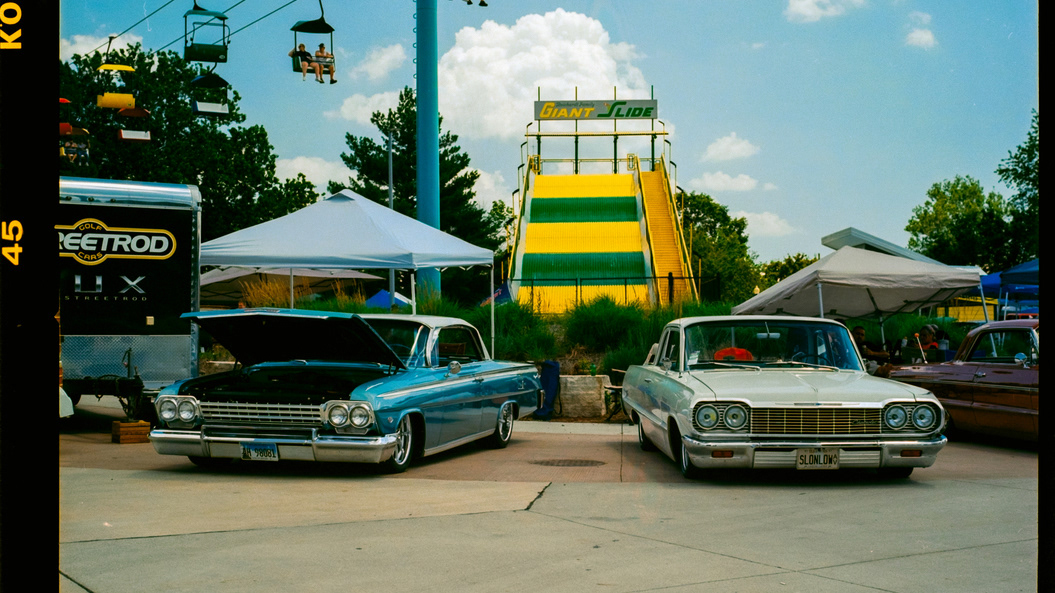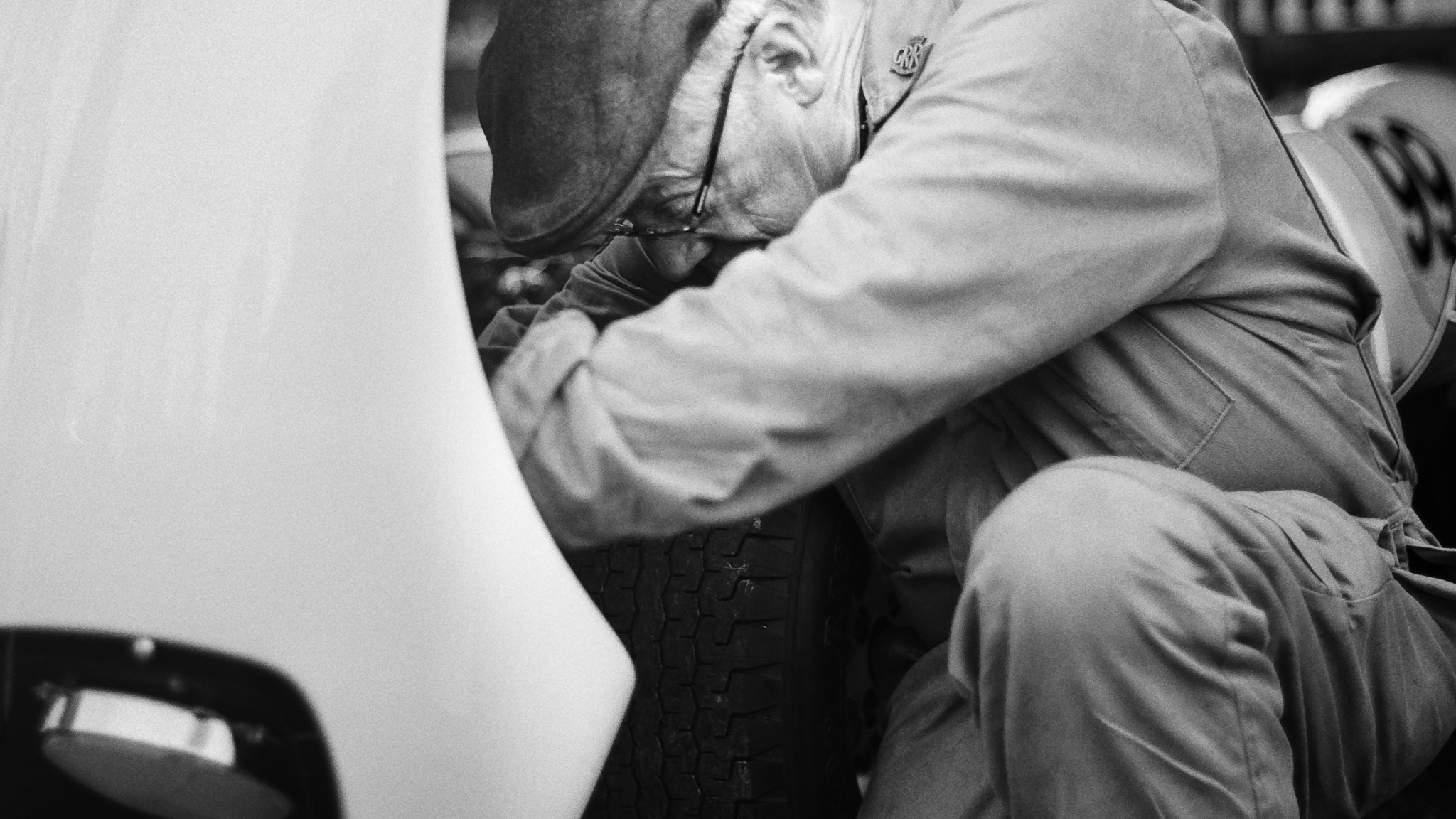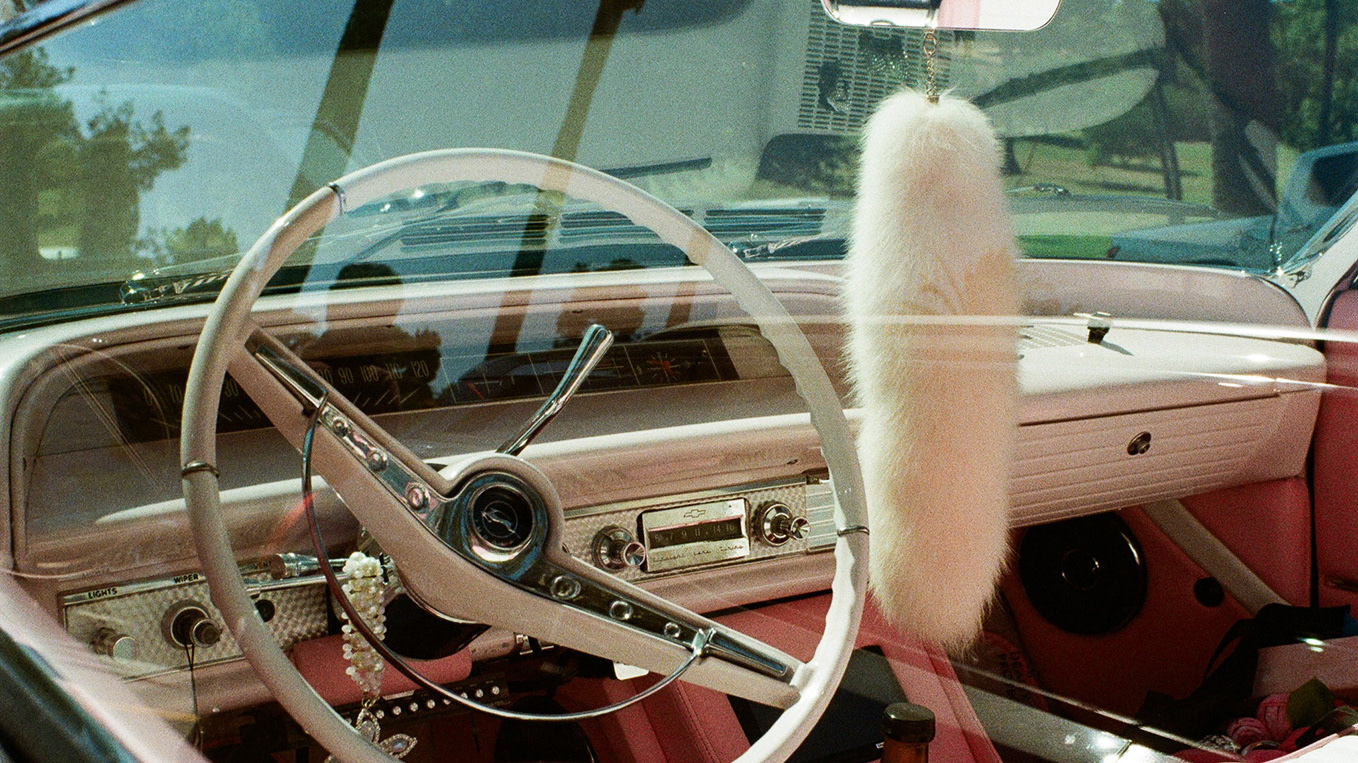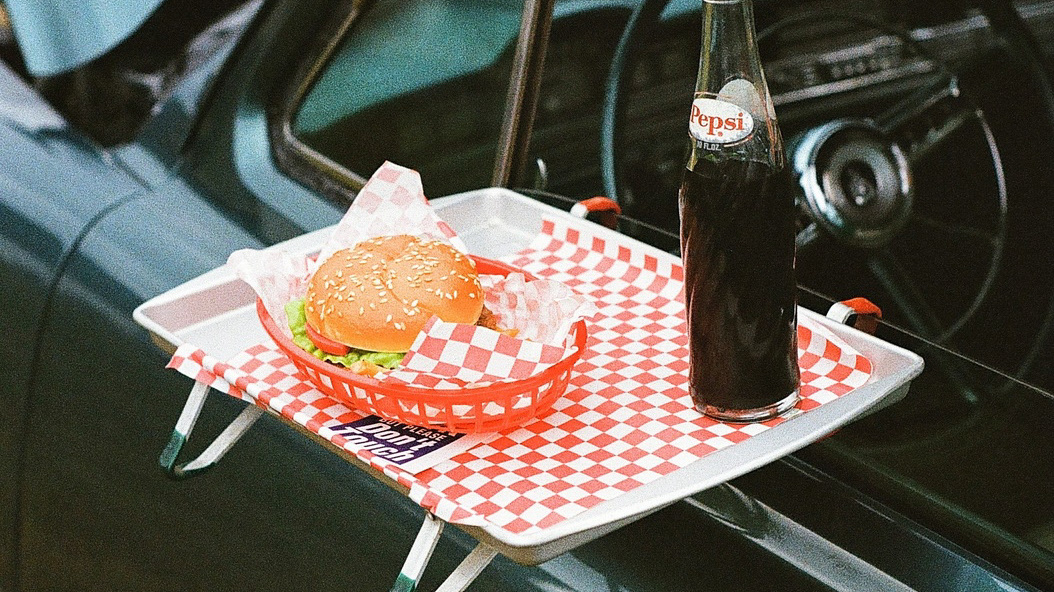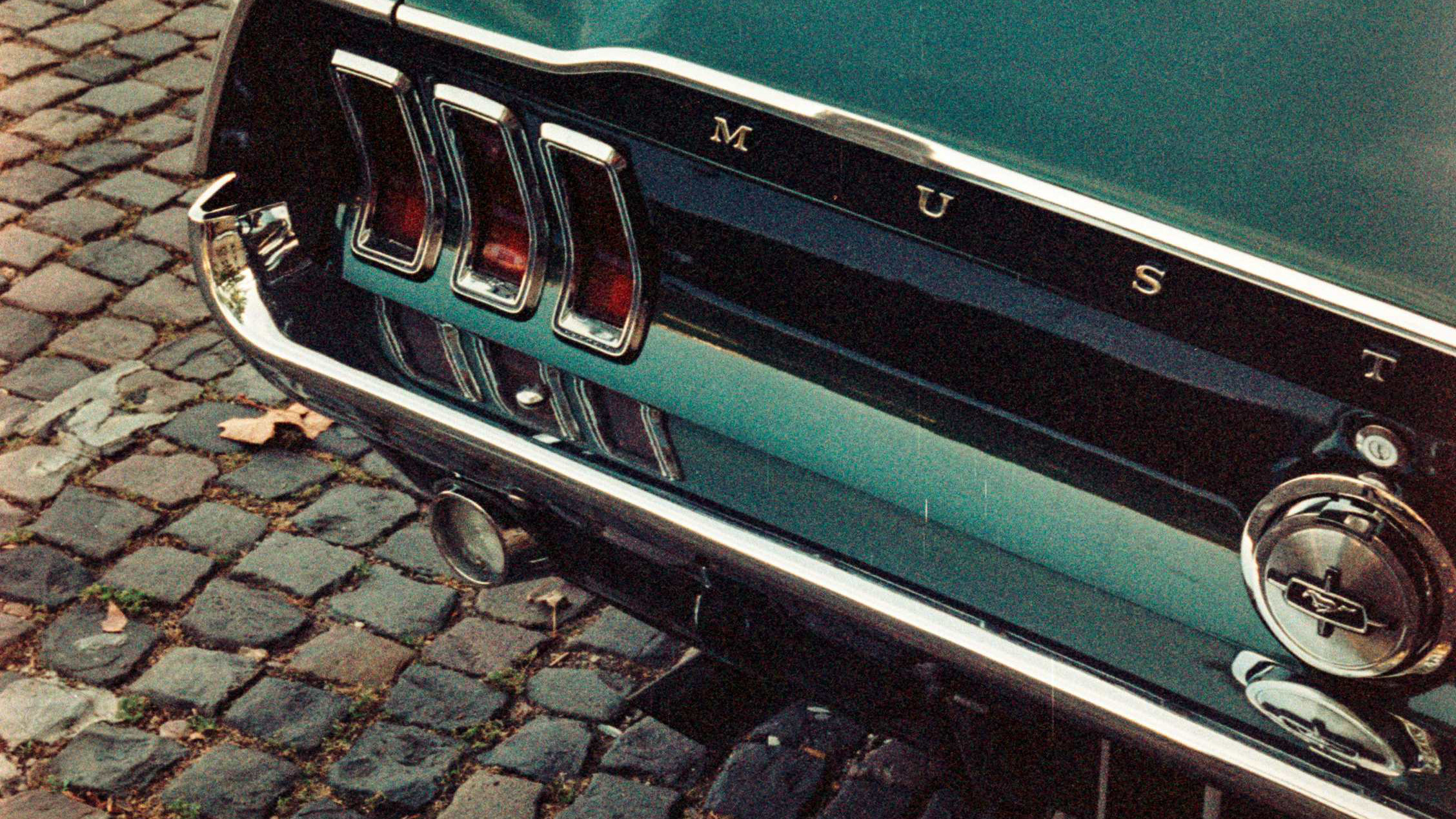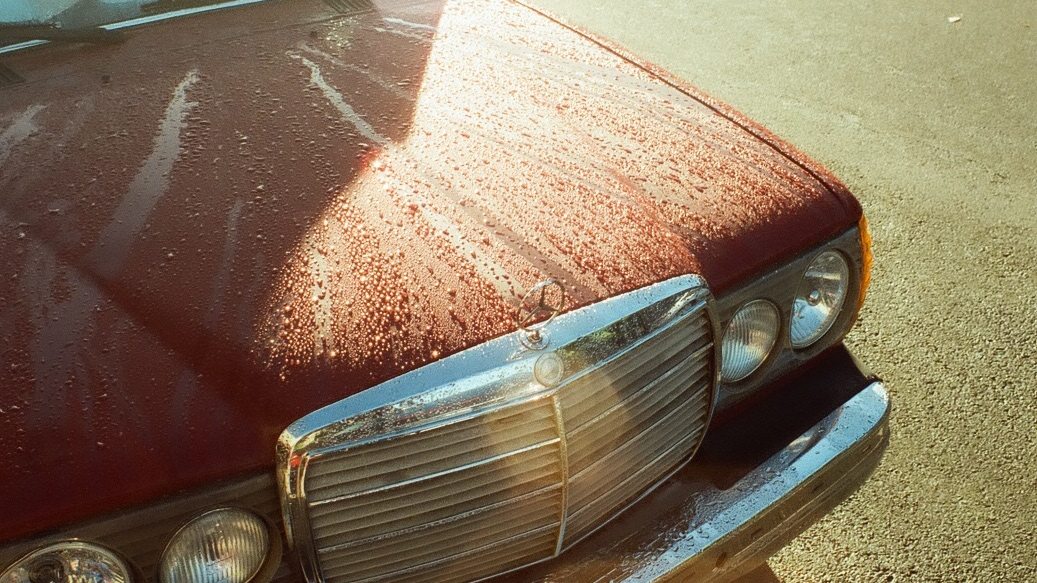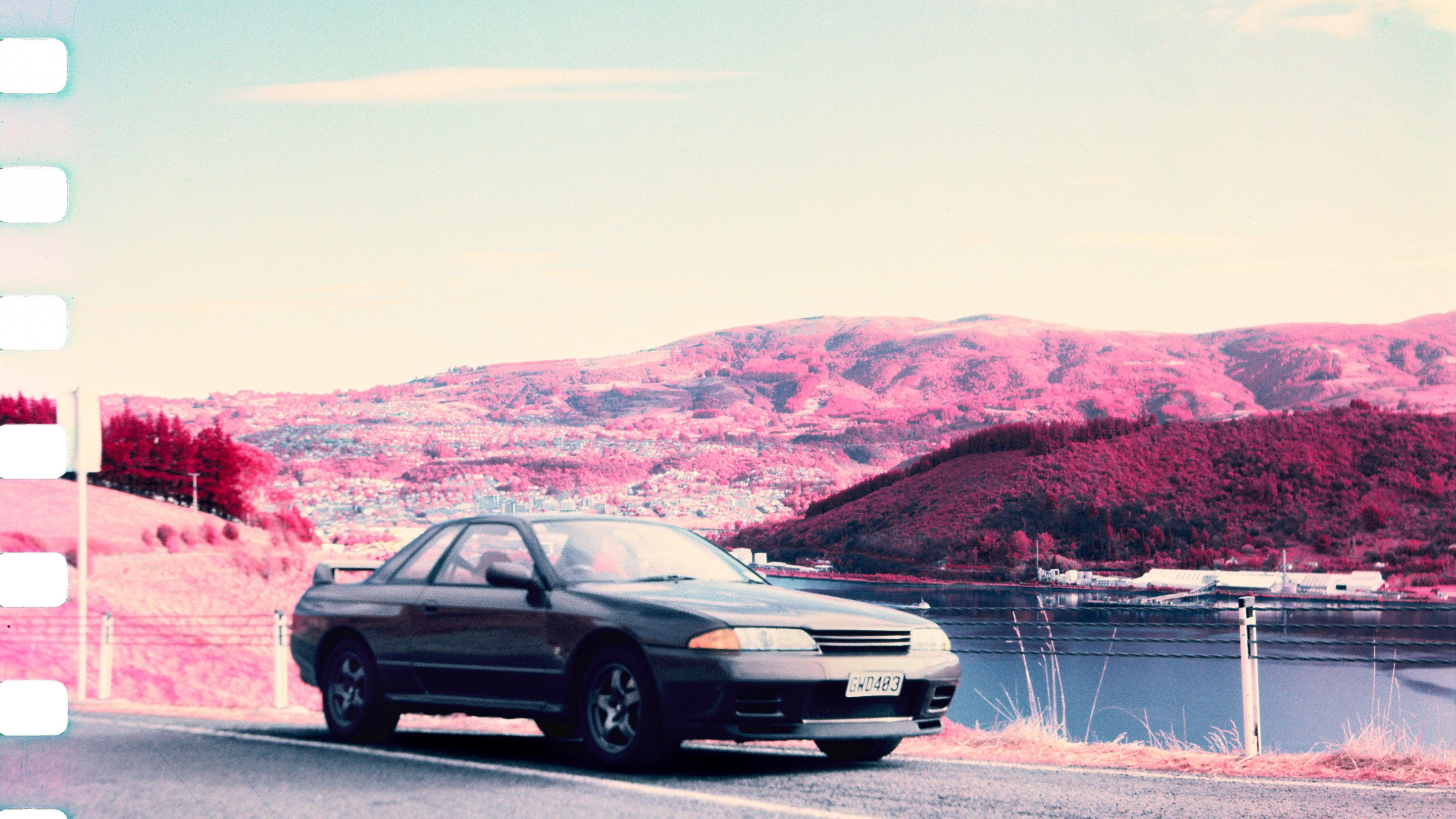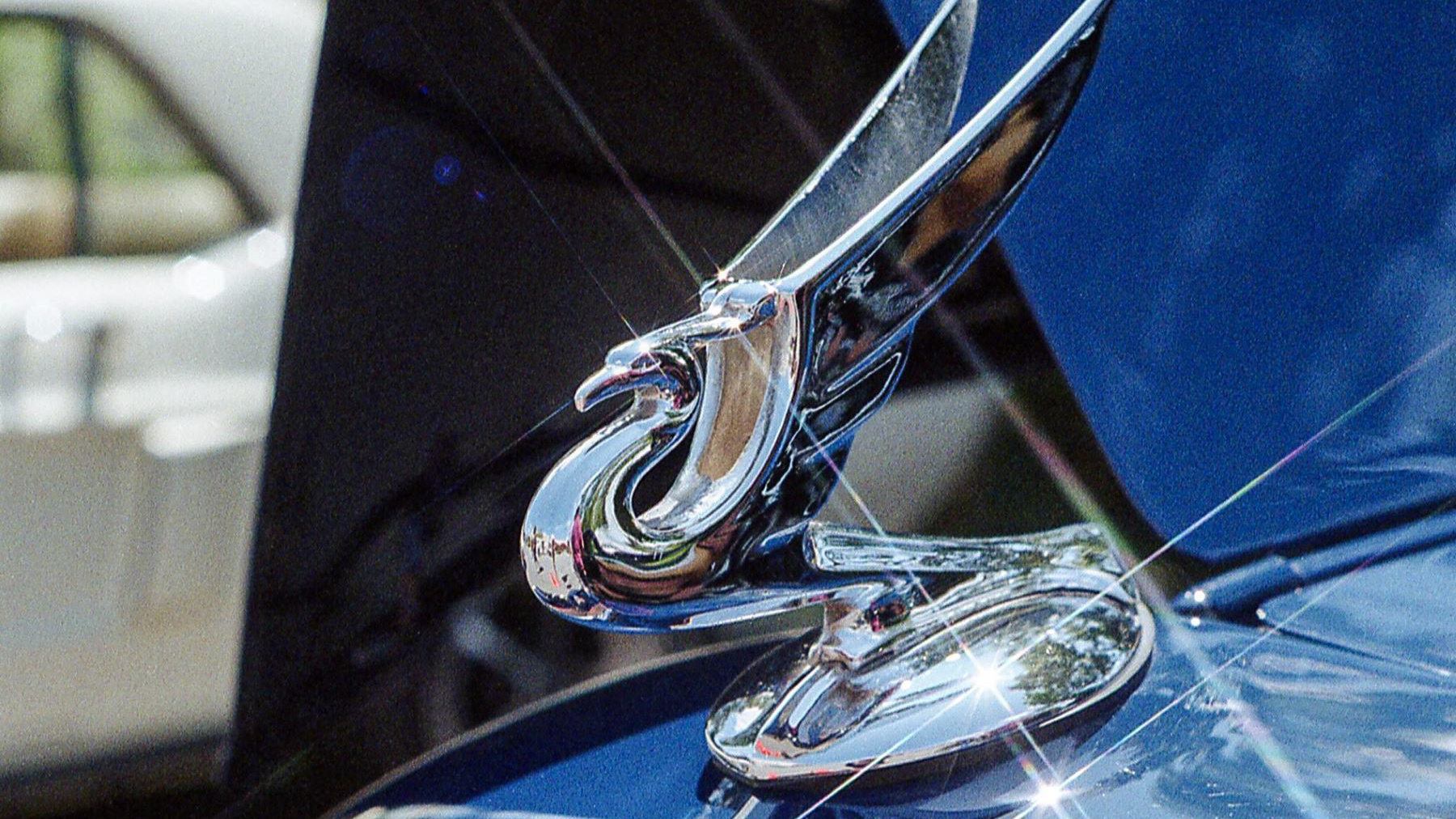Marvin Sandoval is a photographer whose work shows a passion for storytelling, cars, and people. With a love for analog photography, he captures everyday moments and invites us to stop, observe, and feel the story behind them. Marvin’s images not only showcase the subject but also reflect a personal journey through life, creativity, nostalgia, and discovery.
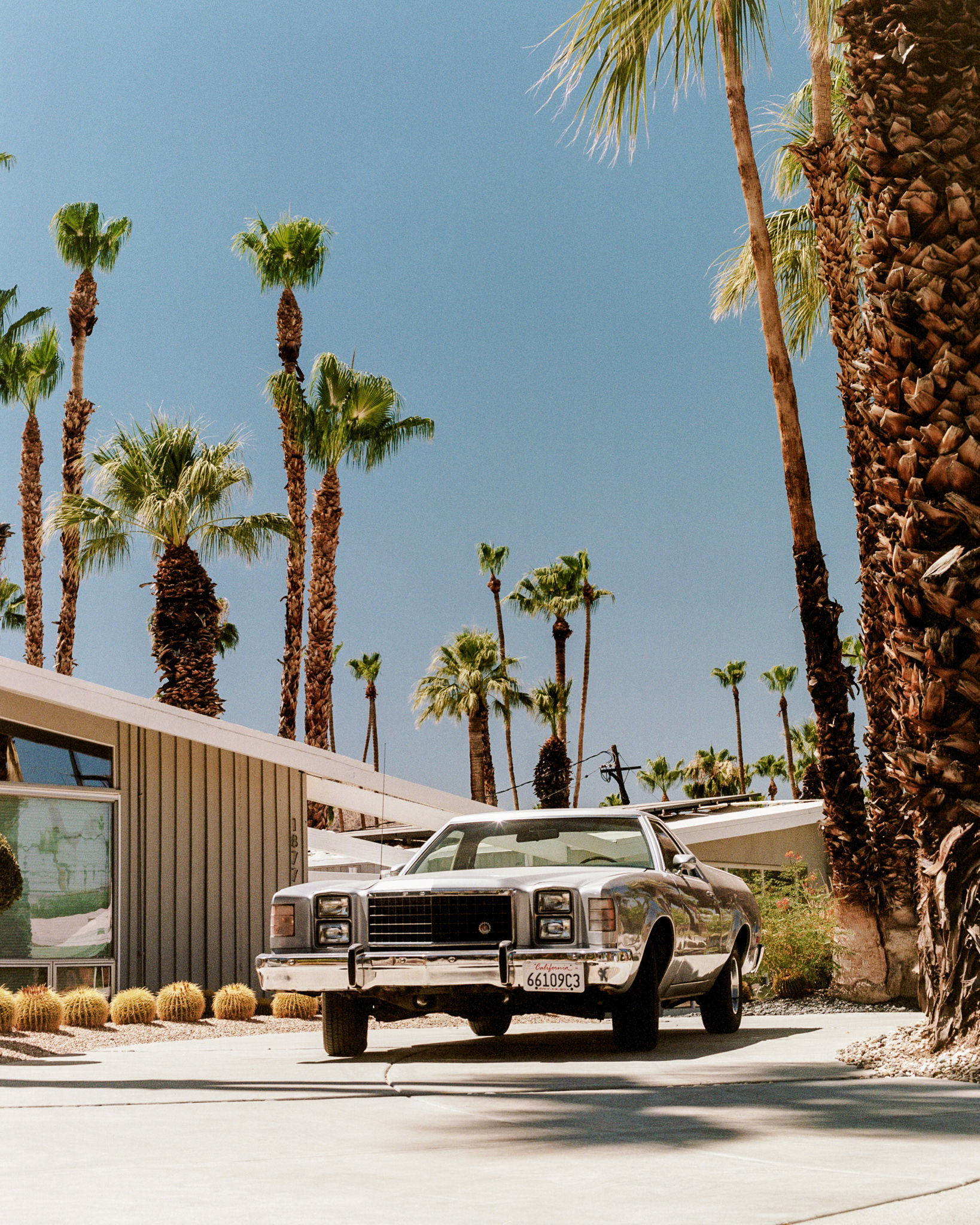
Age (or age range):
I’m 35. Not old, but not so young either.
I’m 35. Not old, but not so young either.
Where you live and/or where are you from?
I’m from Riverside, California. You’ll find old cars tucked into driveways, faded neon signs from another era, and a rhythm of life that makes you want to slow down and look closer.
I’m from Riverside, California. You’ll find old cars tucked into driveways, faded neon signs from another era, and a rhythm of life that makes you want to slow down and look closer.
What is your earliest memory with a camera?
I actually didn’t start taking photos until I was 28, out of necessity for the small business my wife and I had started
I actually didn’t start taking photos until I was 28, out of necessity for the small business my wife and I had started
What drew you to photographing cars?
Cars are stories on wheels. They carry the fingerprints of their owners, the dust of the roads they’ve traveled, and the echoes of the era they were built in. Photographing them is like documenting a moving piece of history. That goes for both the classics and the modern builds—newer cars carry their own stories too, full of current culture, fresh design, and the spirit of the present moment.
Cars are stories on wheels. They carry the fingerprints of their owners, the dust of the roads they’ve traveled, and the echoes of the era they were built in. Photographing them is like documenting a moving piece of history. That goes for both the classics and the modern builds—newer cars carry their own stories too, full of current culture, fresh design, and the spirit of the present moment.
Did you learn photography through formal education or on your own?
I’m self-taught. I forced myself to learn so I could highlight my small business and not have to hire someone else. Eventually, I realized I really enjoyed it, and branched out into creating images for myself and for others to connect with.
I’m self-taught. I forced myself to learn so I could highlight my small business and not have to hire someone else. Eventually, I realized I really enjoyed it, and branched out into creating images for myself and for others to connect with.
Is there a photographer, artist or genre that influences your photography and why?
That’s a tough one, but one of my favorites is William Eggleston. I love the way he captured cars in colorful, everyday scenes. At the end of the day, I’m chasing mood more than perfection, and his work reminds me that the ordinary can be extraordinary when framed with the right eye.
That’s a tough one, but one of my favorites is William Eggleston. I love the way he captured cars in colorful, everyday scenes. At the end of the day, I’m chasing mood more than perfection, and his work reminds me that the ordinary can be extraordinary when framed with the right eye.
Are you a big car enthusiast or do you just enjoy shooting them?
Both. I love cars—the design, the culture, the sound of an engine. But even more, I love what they represent: freedom, craftsmanship, individuality. Photographing them lets me connect with the people who love them just as much as I do.
Both. I love cars—the design, the culture, the sound of an engine. But even more, I love what they represent: freedom, craftsmanship, individuality. Photographing them lets me connect with the people who love them just as much as I do.
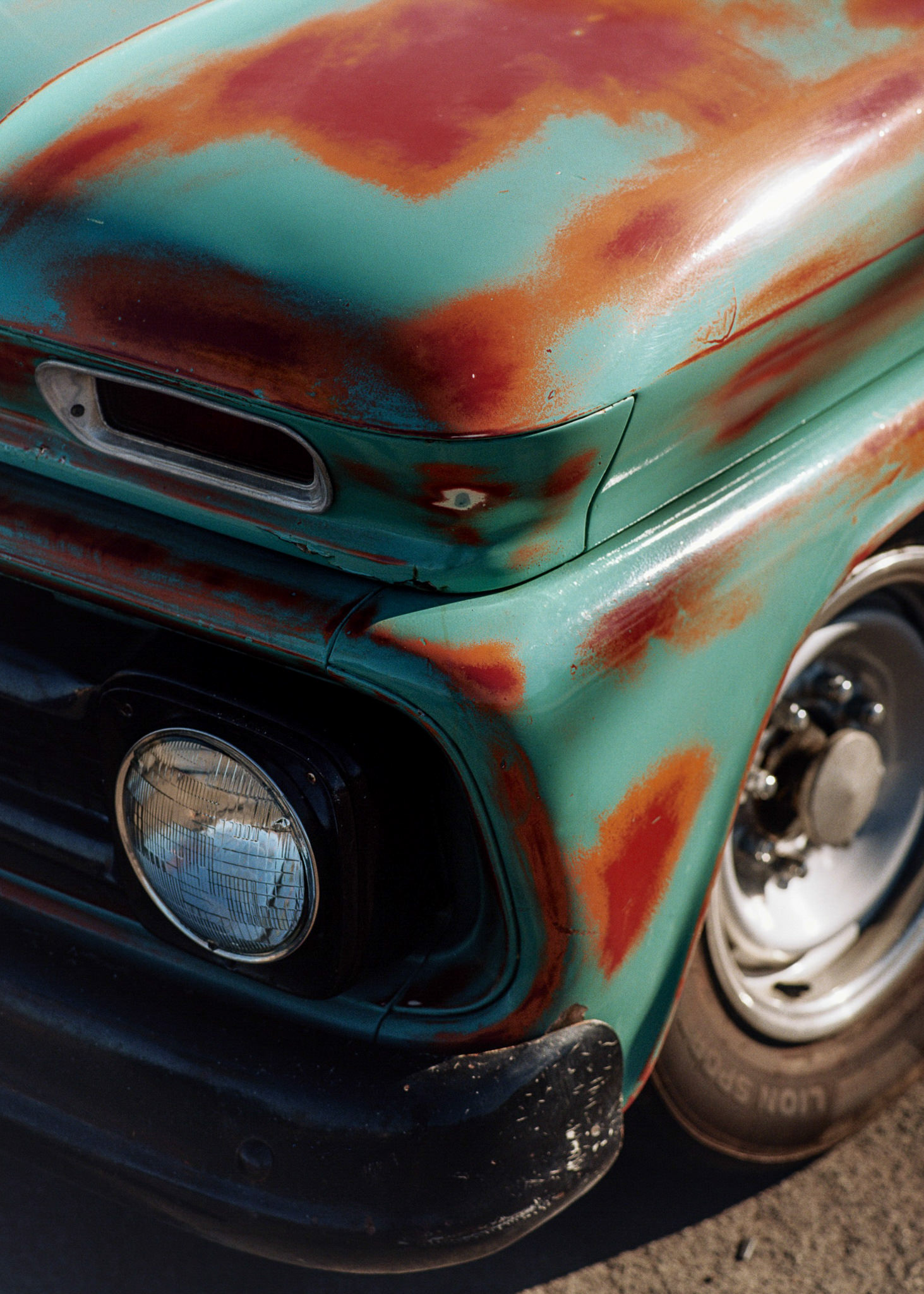
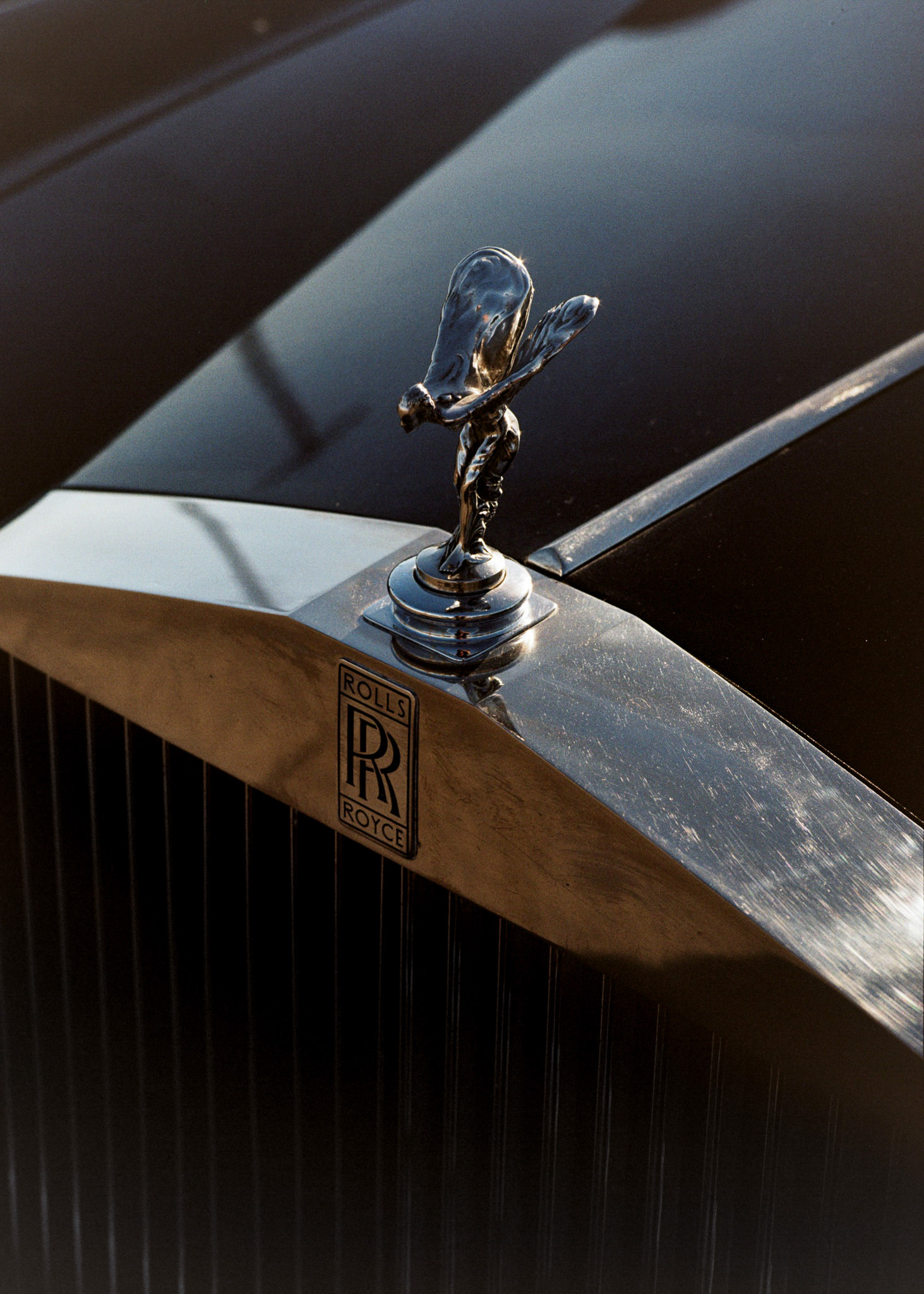
What’s your go-to film camera for shooting and what would be your dream film camera to shoot with?
My go-to is the Pentax 67II—it’s big, heavy, and clunky, but it feels like holding a piece of sculpture every time I shoot. My dream camera would be the Mamiya 7II. The form factor makes it perfect for being on the go while still shooting medium format
My go-to is the Pentax 67II—it’s big, heavy, and clunky, but it feels like holding a piece of sculpture every time I shoot. My dream camera would be the Mamiya 7II. The form factor makes it perfect for being on the go while still shooting medium format
Has film photography changed the way you see the world or appreciate everyday details?
Absolutely. Film forces you to pay attention to light before you shoot—it’s a lot harder to “fix it in post.” You start noticing how light bends around a building at golden hour or slips through a car window on a late afternoon. It makes you slow down and notice the small details you’d normally rush past.
Absolutely. Film forces you to pay attention to light before you shoot—it’s a lot harder to “fix it in post.” You start noticing how light bends around a building at golden hour or slips through a car window on a late afternoon. It makes you slow down and notice the small details you’d normally rush past.
How has your approach to photography evolved since you first started shooting film?
At first, I was chasing sharpness, perfection, the “clean” shot. Now I chase feeling. Grain, blur, imperfect light—those are the details that make a photograph breathe.
At first, I was chasing sharpness, perfection, the “clean” shot. Now I chase feeling. Grain, blur, imperfect light—those are the details that make a photograph breathe.
What challenges have you faced shooting on film?
The obvious ones: cost, messed-up rolls, missed shots. But the biggest challenge is trust—trusting that the image you saw in your head is the one waiting for you when the scans come back.
The obvious ones: cost, messed-up rolls, missed shots. But the biggest challenge is trust—trusting that the image you saw in your head is the one waiting for you when the scans come back.
Which car have you been waiting to shoot and have yet to encounter?
A Porsche 993 Carrera RS. There’s something timeless about it. It’s a car that demands to be photographed—and even more so, to be captured alongside its owner.
A Porsche 993 Carrera RS. There’s something timeless about it. It’s a car that demands to be photographed—and even more so, to be captured alongside its owner.
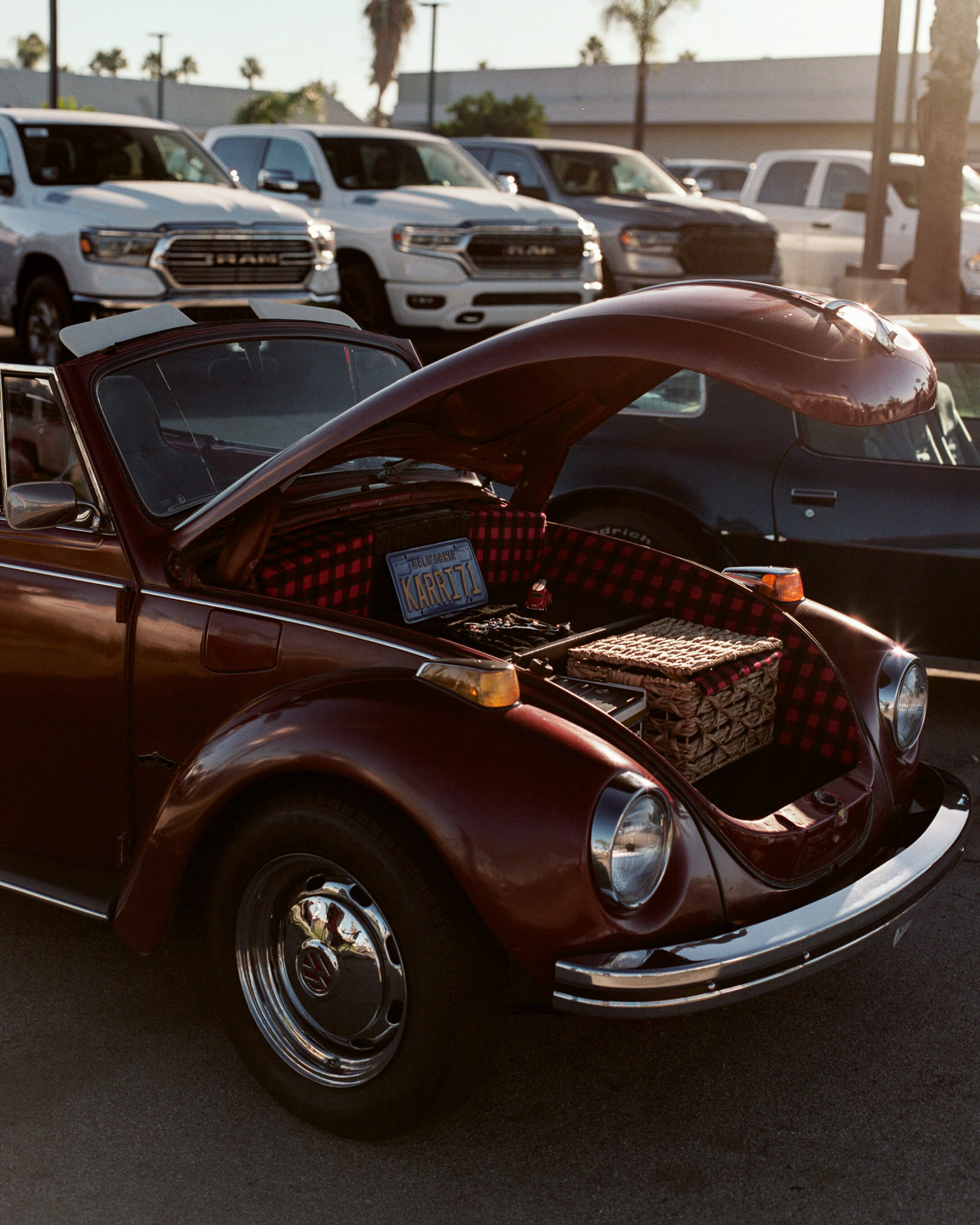
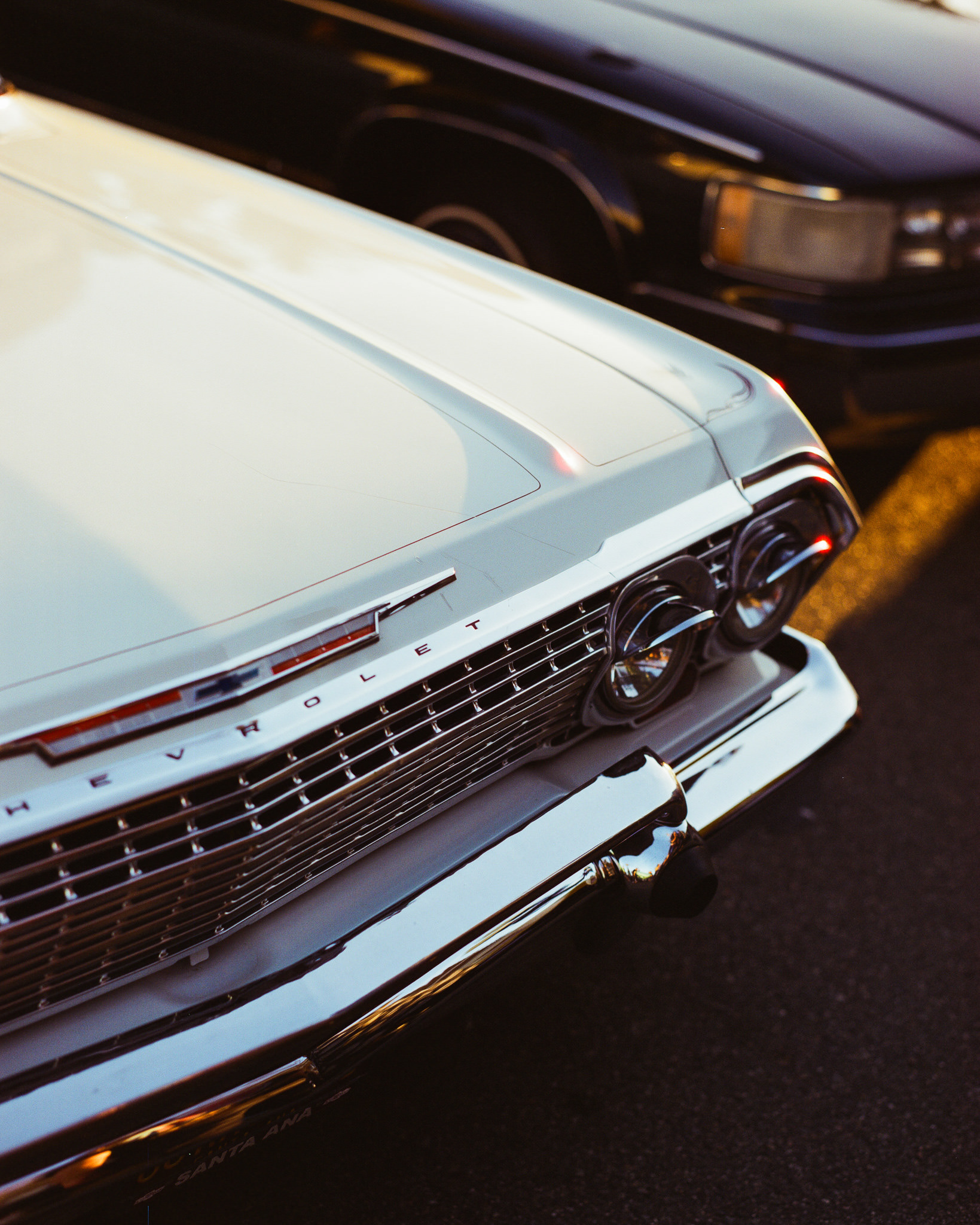
Have you ever completely messed up a roll? What happened and what did you learn from it?
Plenty of times. One that sticks out is when I first started shooting film. I left a loaded camera inside on a very hot day, and those frames were completely ruined. It taught me respect for the medium—you can’t take it for granted
Plenty of times. One that sticks out is when I first started shooting film. I left a loaded camera inside on a very hot day, and those frames were completely ruined. It taught me respect for the medium—you can’t take it for granted
What’s the best advice you’ve received about photography — and who gave it to you?
Someone once told me: “Stop trying to take perfect photos—make honest ones.” That stuck with me. Honest photographs carry more weight than flawless ones ever could.
Someone once told me: “Stop trying to take perfect photos—make honest ones.” That stuck with me. Honest photographs carry more weight than flawless ones ever could.
If you could shoot only one film stock for the rest of your life, which one would it be?
Cinestill 400D. That film has character—it feels cinematic, versatile, and alive.
Cinestill 400D. That film has character—it feels cinematic, versatile, and alive.
What do you hope to transmit with your photographs?
I want people to feel the stillness in motion—the pause within the rush of everyday life. Whether it’s a car sitting under a streetlight or a portrait in front of a garage, I want the viewer to feel like they’ve stumbled into a quiet story that was always there, waiting to be noticed.
I want people to feel the stillness in motion—the pause within the rush of everyday life. Whether it’s a car sitting under a streetlight or a portrait in front of a garage, I want the viewer to feel like they’ve stumbled into a quiet story that was always there, waiting to be noticed.
Is there anything that you'd like to promote? I.e. Your business website and what you do, other social channels, or projects you wanna promote?
Yes - outside of my personal work, my wife and I run a men’s barbershop and general store called Vixen & Beard in Riverside, California. It’s a place where grooming, community, and style come together. On the photography side, I share my film work under @marvinsfilmgrain, where I focus on cars, portraits, and the stories that live in between. Both projects fuel each other - the shop connects me with people and culture, and the photography lets me capture those stories in a different light.
